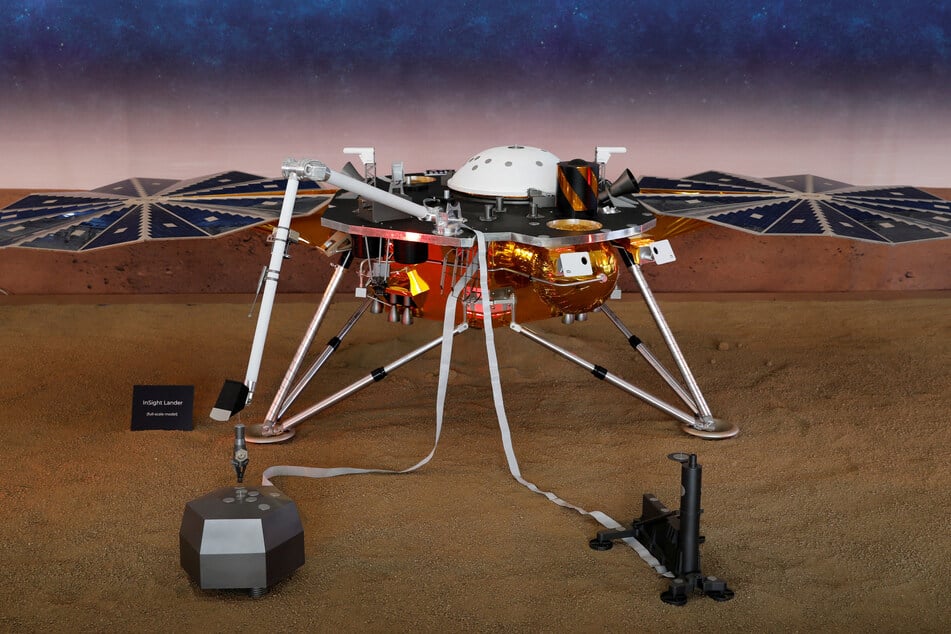NASA's Mars mission has literally run out of batteries
Washington DC - After more than four years on Mars, NASA's InSight mission has come to an end after the lander ran out of power, the space agency announced on Wednesday.

NASA said that mission controllers were unable to contact the lander, "leading them to conclude the spacecraft's solar-powered batteries have run out of energy – a state engineers refer to as 'dead bus.'"
The agency said it would continue to listen for a signal, though further communication is considered unlikely. The last time InSight communicated with Earth was on December 15.
NASA had previously said that InSight's team expected the lander to be "inoperative" by December as its solar panels have been producing increasingly less power as they continue to accumulate dust.
The stationary lander detected more than 1,300 marsquakes – tremors specific to Mars – and located quake-prone regions of the Red Planet during its four years' stay.
InSight arrived on Mars in November 2018 to study seismic waves, which helps scientists have a better understanding about how planets form.
"I watched the launch and landing of this mission, and while saying goodbye to a spacecraft is always sad, the fascinating science InSight conducted is cause for celebration," said NASA's Thomas Zurbuchen.
"The seismic data alone from this Discovery Program mission offers tremendous insights not just into Mars but other rocky bodies, including Earth."
Cover photo: REUTERS
